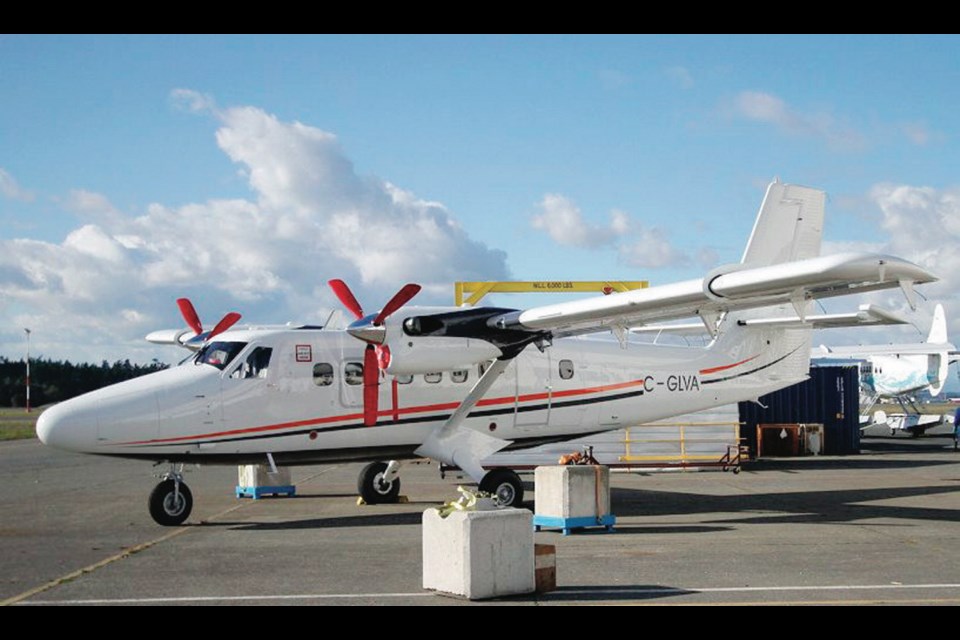Using one of the largest air shows in the world as its backdrop, Victoria’s Viking Air announced it has sold an additional seven Twin Otter aircraft to the Moscow-based Vityaz Avia Corporation as part of a deal that is expected to be worth at least $70 million.
The additional seven aircraft bring the total purchased by Vityaz to 11. The base price of a Twin Otter is about $6.5 million. Financial terms of the Vityaz deal were not disclosed.
Viking said the deal is its largest non-military order. The largest military order was from the Peruvian Air Force, which in 2011 bought 12 Twin Otters.
“We believe the Series 400 Twin Otter aircraft is ideally suited for the harsh operating environments in Russia, and we have been working with Vityaz since 2010 to develop the Russian market potential,” said Viking chief executive David Curtis, who announced the deal today at the Western Canada Reception during the Paris International Air Show. “We are pleased to see with this new order that the demand for the aircraft is strong and proving that our initial business case was valid.”
The aircraft are scheduled for delivery through 2015, and will be used to support remote communities in northern Russia.
The first Twin Otter will be delivered in time for the MAKS International Air Show in Moscow in August.
In an earlier interview, Curtis said the Paris International Air Show is a key moment on the calendar.
“It’s a world stage and you need to be there if you are in the product,” he said. “It tends to be more government-customer driven rather than commercial, but it is one of the top four shows.”
Curtis used the show to announce the company had completed its contract with the U.S. Army Golden Knights Parachute Demonstration Team by delivering a third Twin Otter. That contract had been signed in 2008 prior to Viking restarting production in 2009.
Those aircraft are configured with equipment specific to parachute-jumping requirements, including a roll-up door, external jump step and handholds, wall-mounted bench seating and a crew relief station.
The aircraft operate out of a base in Fort Bragg, N.C.
Viking also announced flight training is nearing completion for the first contingent of Vietnam Navy pilot delegates as part of the Viking Guardian 400 multi-aircraft purchase contract announced in May 2010.
The pilot trainees travelled from Vietnam to Canada to receive English-language, flight and technical training over the past 20 months, and will graduate in early July.
“This program has been specially tailored to the requirements of the Vietnam Navy, and is quite unlike any other training program in the world,” said Michael Coughlin, CEO at Pacific Sky Aviation.
“A significant amount of the Twin Otter training focused on seaplane operations, with the students completing over 2,100 landings on lakes and the rugged coastline of British Columbia. This will be instrumental to their success in operating the aircraft for maritime patrol operations in Vietnam.”
Vietnam bought six Twin Otter aircraft, the first of which was delivered last fall, to be used for transport, resupply, maritime surveillance and search and rescue in Vietnam’s coastal regions.
Viking is producing aircraft at a rate of about one every 10 days.
The twin-engine propeller plane has 19 seats when configured for commuter use.
The company has delivered more than 30 aircraft to 16 countries since it brought an updated version of the Twin Otter back into production in 2009. The de Havilland aircraft first hit the skies in 1965 and production was discontinued in 1988.
Demand for Viking’s version of the aircraft has been strong and orders are backlogged to the middle of 2015.



